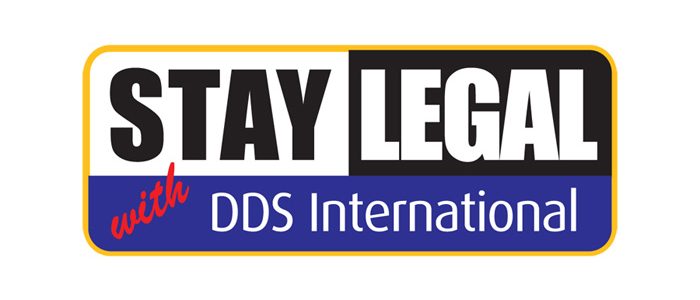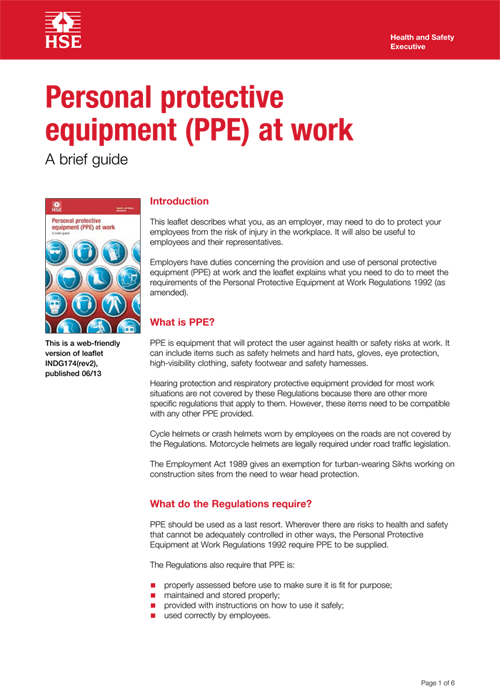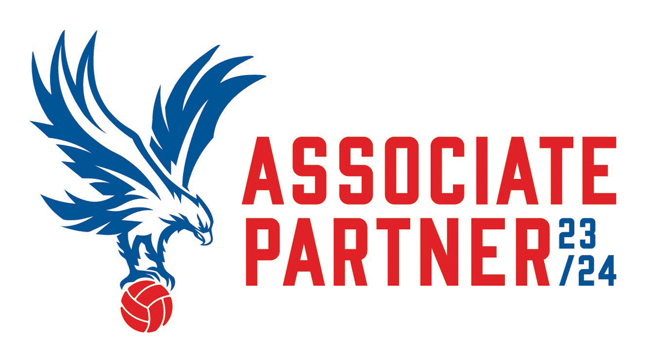What Condition Is Your PPE In?
Test
Is personal protective equipment (PPE) provided for staff and visitors, is it suitable and is there a stock held? Select one item of PPE provided and check it is in good repair (e.g. safety shoes, safety goggles, masks).
Reason for This Question
The Personal Protective Equipment at Work Regulations 1992 are a set of regulations created under the Health and Safety at Work etc. Act 1974 and the regulation place a duty on employers concerning the provision and use of personal protective equipment (PPE) at work.
Possible Answers
Red: No PPE provided
Amber: PPE provided but not being used
Green: PPE provided and being used
Fail Rate
27% of businesses failed this question based on our sample data.
Common Issues
- No evidence of PPE being issued or it’s condition
- Damaged PPE identified at the time of audit
- Insufficient PPE
Common Recommendations
- PPE usage to be signed off
- Provide staff with personal protective equipment (PPE)
- Remind all staff that the PPE issued to them is for their protection and it is their responsibility to wear it where it has been identified in the risk assessment
- Ensure PPE is provided where required
Information
What is Personal Protective Equipment (PPE)?
PPE is equipment that will protect the user against health or safety risks at work. It can include items such as safety helmets, gloves, eye protection, high-visibility clothing, safety footwear and safety harnesses. It also includes respiratory protective equipment (RPE).
Making the workplace safe includes providing instructions, procedures, training and supervision to encourage people to work safely and responsibly.
Even where engineering controls and safe systems of work have been applied, some hazards might remain. These include injuries to:
- the lungs, eg from breathing in contaminated air
- the head and feet, eg from falling materials
- the eyes, eg from flying particles or splashes of corrosive liquids
- the skin, eg from contact with corrosive materials
- the body, eg from extremes of heat or cold
- PPE is needed in these cases to reduce the risk.
| Part of body | Hazards | Options | Notes |
|---|---|---|---|
| Eyes |
|
| Make sure the eye protection chosen has the right combination of impact/dust/splash/molten metal eye protection for the task and fits the user properly. |
| Head and neck |
|
| Some safety helmets incorporate or can be fitted with specially-designed eye or hearing protection. Don’t forget neck protection, e.g. scarves for use during welding. |
| Ears |
|
|
Provide the right hearing protectors for the type of work, and make sure workers know how to fit them. Choose protectors that reduce noise to an acceptable level, while allowing for safety and communication. |
| Hands and arms |
|
|
Avoid gloves when operating machines such as bench drills where the gloves might get caught. Some materials are quickly penetrated by chemicals – take care in selection, see HSE’s skin at work website. Wearing gloves for long periods can make the skin hot and sweaty, leading to skin problems. Using separate cotton inner gloves can help prevent this. |
| Feet and legs |
|
| Footwear can have a variety of sole patterns and materials to help prevent slips in different conditions, including oil, or chemical-resistant soles. It can also be anti-static, electrically conductive or thermally insulating. Appropriate footwear should be selected for the risks identified. |
| Lungs |
|
|
Some respirators rely on filtering contaminants from workplace air. These include simple filtering face-pieces and respirators and power-assisted respirators. Make sure it fits properly, e.g. for tight-fitting respirators (filtering face-pieces, half and full masks). There are also types of breathing apparatus which give an independent supply of breathable air, e.g. fresh-air hose, compressed airline and self-contained breathing apparatus. It is recommended that you have a competent person face fit fitting and test. The right type of respirator filter must be used as each is effective for only a limited range of substances. Filters have only a limited life. Where there is a shortage of oxygen or any danger of losing consciousness due to exposure to high levels of harmful fumes, only use breathing apparatus – never use a filtering cartridge. You will need to use breathing apparatus in a confined space or if there is a chance of an oxygen deficiency in the work area. If you are using respiratory protective equipment, look at HSE’s publication Respiratory Protective Equipment at Work: A Practical Guide. |
| Whole body |
|
|
The choice of materials includes flame-retardant, anti-static, chain mail, chemically impermeable, and high-visibility. Don’t forget other protection, like safety harnesses or life jackets. |
View HSE Personal protective equipment (PPE) at work PDF Leaflet
This post is part of the “Focus on Health and Safety Audit Questions” series. A series which focuses on questions asked by our health and safety consultants when conducting a health and safety audit.












Comments are closed.